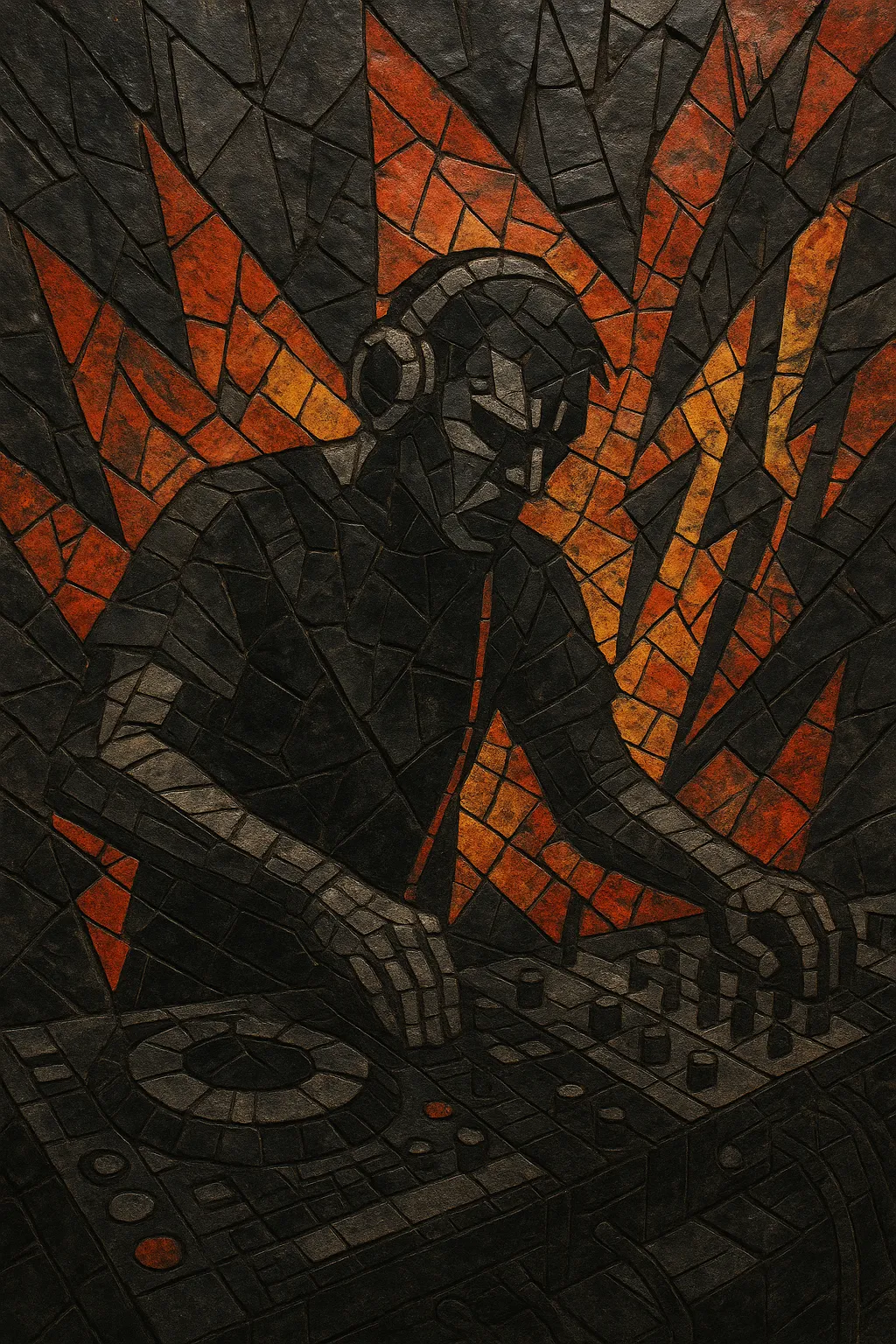Hard techno is a high-energy, tough-edged branch of techno characterized by fast tempos, distorted and saturated kick drums, percussive loops, and minimal, industrial-tinged sound design.
It emphasizes relentless 4/4 rhythms, heavy transient punch, and hypnotic repetition over melodic development, often using sparse riffs, noise sweeps, and metallic textures to build intensity.
The style grew from late-1990s European club culture (notably Germany) and overlaps with schranz and industrial techno; in the 2010s–2020s it resurged globally with harder, faster tracks and rumble-bass aesthetics popular in large warehouse events.
Hard techno coalesced in Europe—especially Germany—out of the harder ends of club techno, acid techno, and industrial electronics. Influences from Detroit techno’s machine funk, EBM’s body-music drive, and the high-impact energy of rave and hardcore fed into a lean, loop-based, DJ-focused approach. By the late 1990s, DJs and producers began pushing tempos and drum saturation, cultivating a tougher, more percussive sound on big sound systems.
Around the turn of the millennium, the German club circuit popularized extremely driving, loop-heavy sets, often referred to as “schranz.” Labels and parties emphasized pounding 4/4 kicks, syncopated offbeat hats, and minimal but forceful motifs. The sound spread across Europe through festivals and vinyl culture, with a global network of white-label 12-inches fueling DJs’ sets.
The 2010s saw a renewed interest in hard, textural techno. Industrial techno’s grit, distortion, and warehouse acoustics intersected with hard techno’s stamina, leading to rumble-bass kicks, blown-out percussion, and harsher timbres. The sound moved from local scenes to an international circuit of large warehouse events and festivals, with digital distribution accelerating its reach.
Hard techno surged anew with faster BPMs (often 145–160+), prominent sidechained rumble-bass tails, and a stripped, groove-first ethos. Social media clips, warehouse streams, and high-energy festival sets helped the style resonate with a wider audience. While maintaining its minimalist core, producers embraced modern mixing, clipping/saturation workflows, and hybrid influences from gabber, hard trance, and industrial aesthetics.


